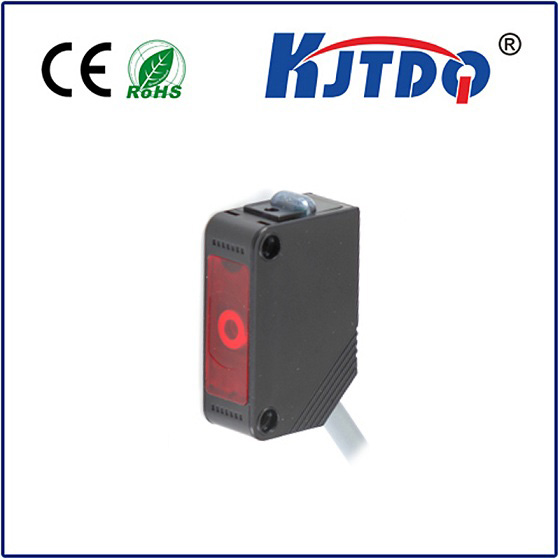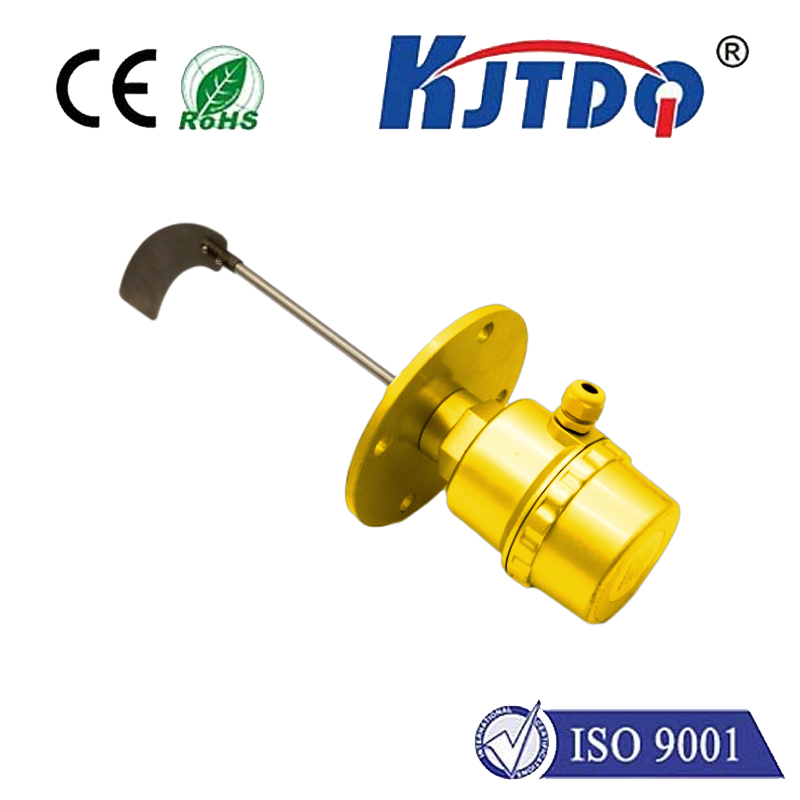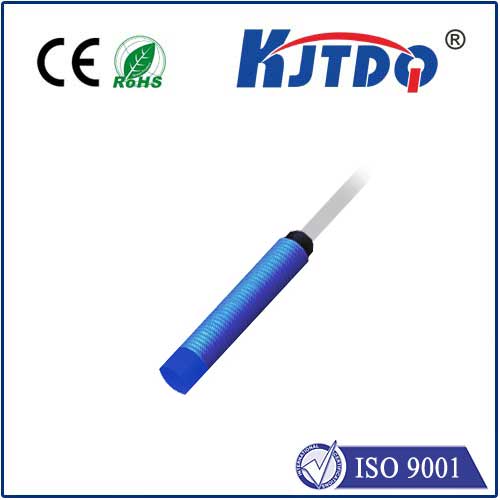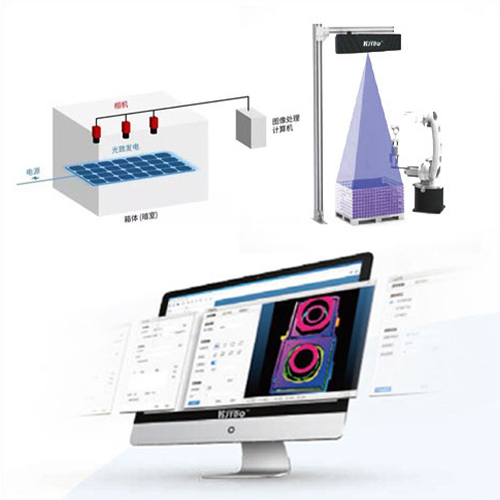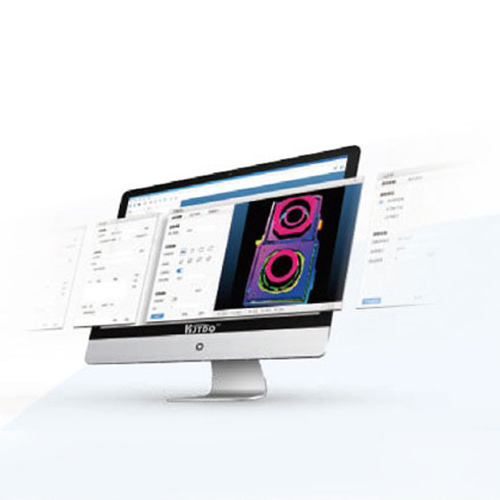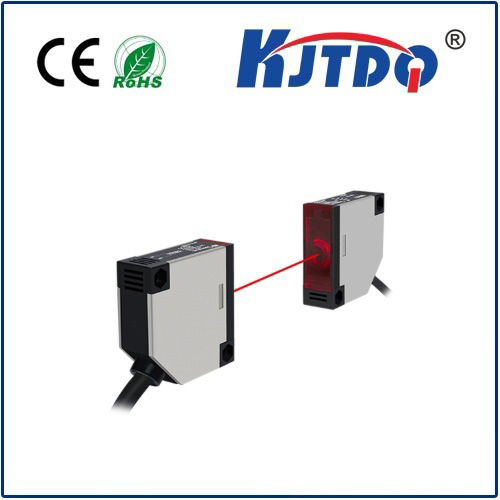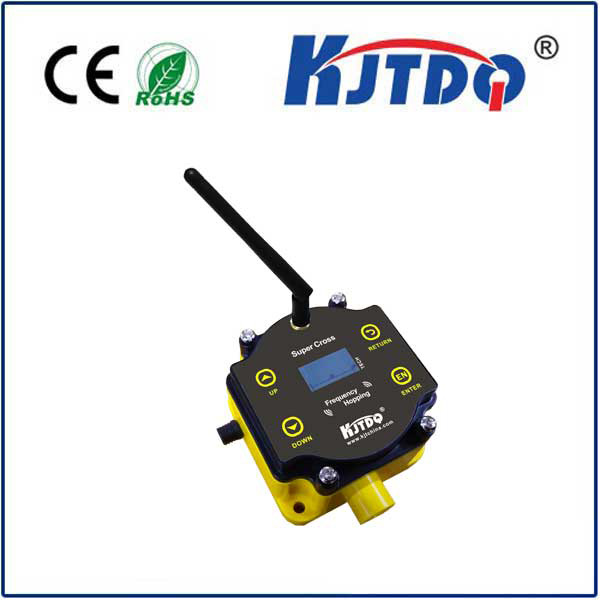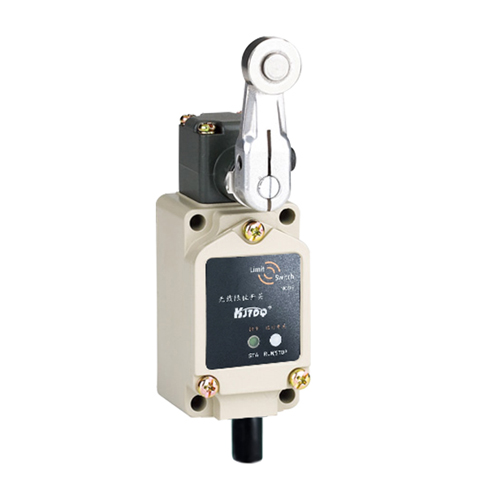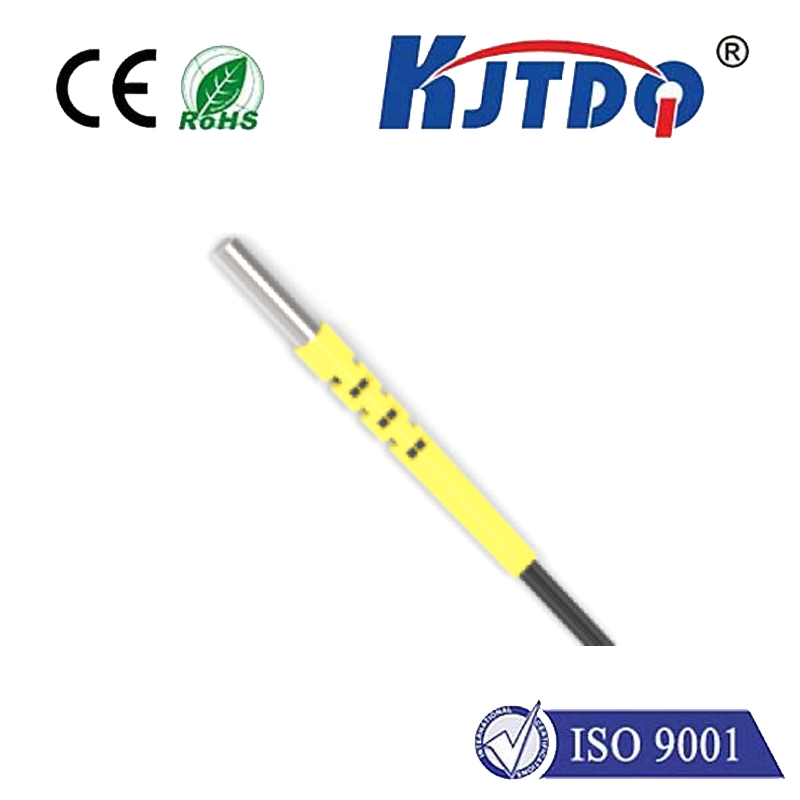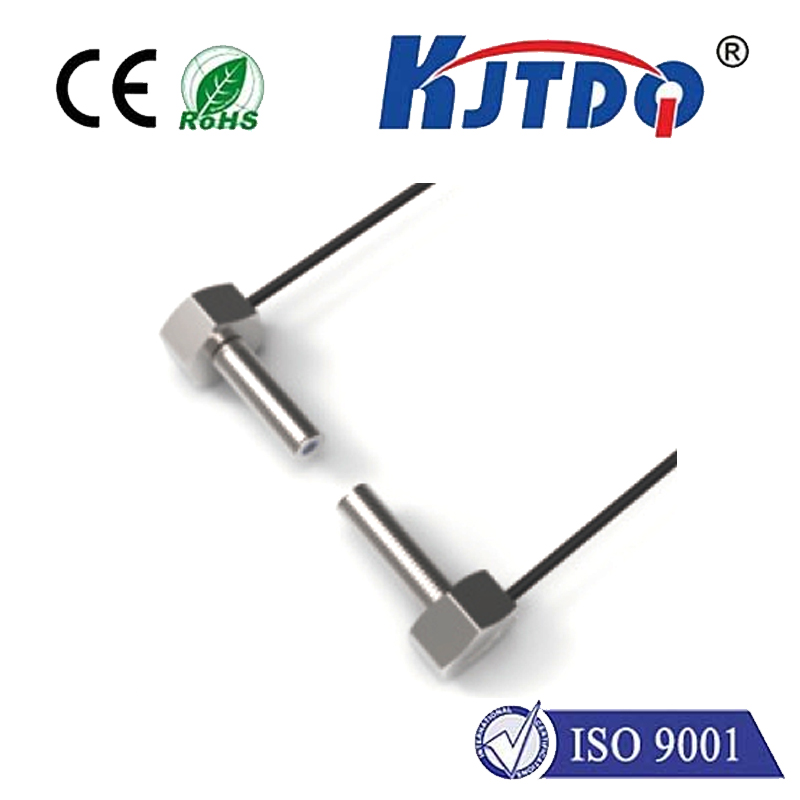iot pressure sensor
- time:2025-08-19 11:44:29
- Click:0
Beyond the Gauge: How IoT Pressure Sensors are Revolutionizing Monitoring & Control
Imagine a critical pipeline in a remote oil field. Traditionally, pressure checks meant sending personnel on potentially hazardous journeys for sporadic readings. Now, picture tiny, intelligent sensors embedded within that pipeline, constantly whispering its vital signs to engineers thousands of miles away, flagging a burgeoning overpressure event before it becomes catastrophic. This is not science fiction; this is the tangible reality unlocked by IoT pressure sensors. These small devices are rapidly evolving from simple measurement tools into the nervous system of smarter, safer, and significantly more efficient industrial operations and infrastructure.
What Exactly is an IoT Pressure Sensor?
At its core, an IoT pressure sensor is a fusion of traditional pressure measurement technology with the power of the Internet of Things. It senses physical pressure (from liquids, gases, or vapors) through a sensing element (like a piezoresistive strain gauge or capacitive diaphragm). What elevates it beyond conventional sensors is its integrated intelligence: onboard electronics convert the raw physical signal into a precise digital value, and crucially, integrated wireless connectivity (like LoRaWAN, NB-IoT, Wi-Fi, or Cellular) allows it to transmit this data autonomously and continuously to cloud platforms or central monitoring systems. It’s the combination of precise sensing, digitization, and seamless data transmission that defines the IoT pressure sensor paradigm.
Decoding How They Work: From Physical Force to Actionable Insight
The journey of data from an IoT pressure sensor involves several key stages:

- Sensing the Force: Pressure exerted on the sensor’s diaphragm causes minute physical deformation.
- Transduction: The mechanical deformation is converted into an electrical signal change. This is typically done via piezoresistive effects (changing electrical resistance with strain) or capacitive changes (distance variation between plates).
- Signal Conditioning & Digitization: The raw, often weak and noisy electrical signal is amplified, filtered, and converted into a precise digital value by an integrated circuit. This step is critical for accuracy.
- Data Processing (Edge Computing): Many advanced IoT pressure sensors include microcontrollers capable of performing initial data processing at the “edge” – like calculating averages, detecting anomalies, or triggering local alarms, reducing cloud traffic and latency.
- Wireless Transmission: The processed digital data is sent wirelessly via the chosen protocol to a gateway or directly to the cloud.
- Cloud Analytics & Visualization: Data streams into cloud platforms where sophisticated analytics transform raw numbers into actionable insights – visual dashboards, predictive alerts, trend analysis, and integration with broader control systems.
The Unmissable Advantages: Why IoT Pressure Sensors are Game-Changers
Integrating IoT pressure sensors delivers transformative benefits across numerous dimensions:
- Unprecedented Visibility & Real-Time Monitoring: Gain continuous, remote access to pressure data from assets anywhere in the world. Eliminate manual checks and the “data gaps” they create. Know the status constantly.
- Predictive Maintenance Powerhouse: Move from reactive fixes to proactive prevention. IoT pressure monitoring identifies subtle trends – like slowly rising pressure indicating pump wear or a developing blockage – allowing intervention before catastrophic failure and unplanned downtime.
- Enhanced Safety & Risk Mitigation: Immediate detection and alerting for dangerous overpressure or underpressure conditions (e.g., in boilers, gas lines, chemical processes) significantly reduces risks of leaks, explosions, or equipment damage, protecting personnel and assets.
- Radically Improved Efficiency: Optimize processes based on real-time pressure data. Ensure systems (HVAC, water networks, compressed air) operate within ideal pressure ranges, minimizing energy waste and maximizing output. Automate responses based on sensor readings.
- Significant Cost Reduction: While there’s an initial hardware investment, the long-term savings from reduced manual labor (travel, checks), minimized downtime, optimized energy use, prevented catastrophic failures, and extended asset lifespan are substantial.
- Data-Driven Decision Making: Accumulate rich historical pressure data for analysis. Understand system performance over time, validate process improvements, and make informed strategic decisions based on hard evidence.
Where Intelligence Meets Pressure: Key Applications
The versatility of IoT pressure sensing drives adoption across diverse sectors:
- Industrial Automation & Manufacturing: Monitor hydraulic/pneumatic systems, filter status, pump/vacuum performance, reactor pressures, and tank levels for process control and predictive maintenance.
- Smart Water & Wastewater Management: Track pressure in distribution networks to detect leaks early (sudden drops), optimize pumping schedules, monitor reservoir levels, and ensure system integrity.
- Energy & Utilities: Oversee pipeline pressures (oil/gas/water), boiler status, steam systems, and gas storage/transmission for safety and efficiency.
- HVAC-R (Heating, Ventilation, Air Conditioning, Refrigeration): Ensure optimal refrigerant pressures, monitor filter clogging through pressure differential, guarantee efficient system operation and prevent compressor failures.
- Healthcare & Medical Devices: Critical for ventilators, infusion pumps, dialysis machines, and sterilization autoclaves where precise pressure control is vital.
- Environmental Monitoring: Track atmospheric pressure changes for weather prediction or monitor pressures in geological formations.
- Agriculture: Implement precise irrigation control based on soil pressure or monitor pressures in sprayer systems.
Choosing the Right Sensor for Your Industrial IoT Pressure Monitoring Needs
Not all IoT pressure sensors are created equal. Key considerations include:
- Pressure Range & Type: Select a sensor rated for your specific pressure range (e.g., bar, psi) and type (gauge, absolute, sealed gauge, differential).
- Accuracy & Resolution: Define the precision needed for your application. Higher accuracy often comes at a premium.
- Media Compatibility: Ensure the sensor materials (wetted parts) are compatible with the fluid or gas being measured (e.g., corrosive chemicals, high temperatures).
- Wireless Protocol & Range: Choose the connectivity (LoRaWAN, NB-IoT, Wi-Fi, Cellular, Bluetooth) that best matches your deployment environment’s range, power, and data requirements. Battery life is paramount for remote sensors.
- Environmental Durability: Consider IP rating (dust/water ingress), operating temperature range, and potential exposure to vibrations or shocks.
- Power Source: Options include battery-powered (long-life requirements), energy harvesting (solar, vibration), or mains-powered depending on location and accessibility.
- Data Processing Capabilities: Evaluate if edge analytics on the sensor itself (e.g., alert thresholds) are beneficial for your use case.
The Future is Sensing: Integrating Intelligence
As IoT pressure sensor technology evolves, we see trends toward greater miniaturization, lower power consumption enabling decade-long battery life, enhanced edge intelligence for smarter local decisions, and seamless integration with Artificial Intelligence (AI) and Machine Learning (ML). AI/ML algorithms can analyze complex pressure patterns across multiple sensors, uncovering deeper insights for predictive maintenance and process optimization that were previously impossible.
The humble measurement of pressure has entered a new era. IoT pressure sensors are no longer just data providers; they are intelligent nodes generating the critical insights that drive safer operations, minimize waste, maximize uptime, and usher in a new level of operational intelligence across industries. Embracing this technology is not merely an upgrade; it’s a fundamental step toward building the resilient, efficient, and data-driven operations demanded by the modern world.












